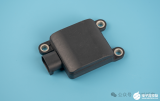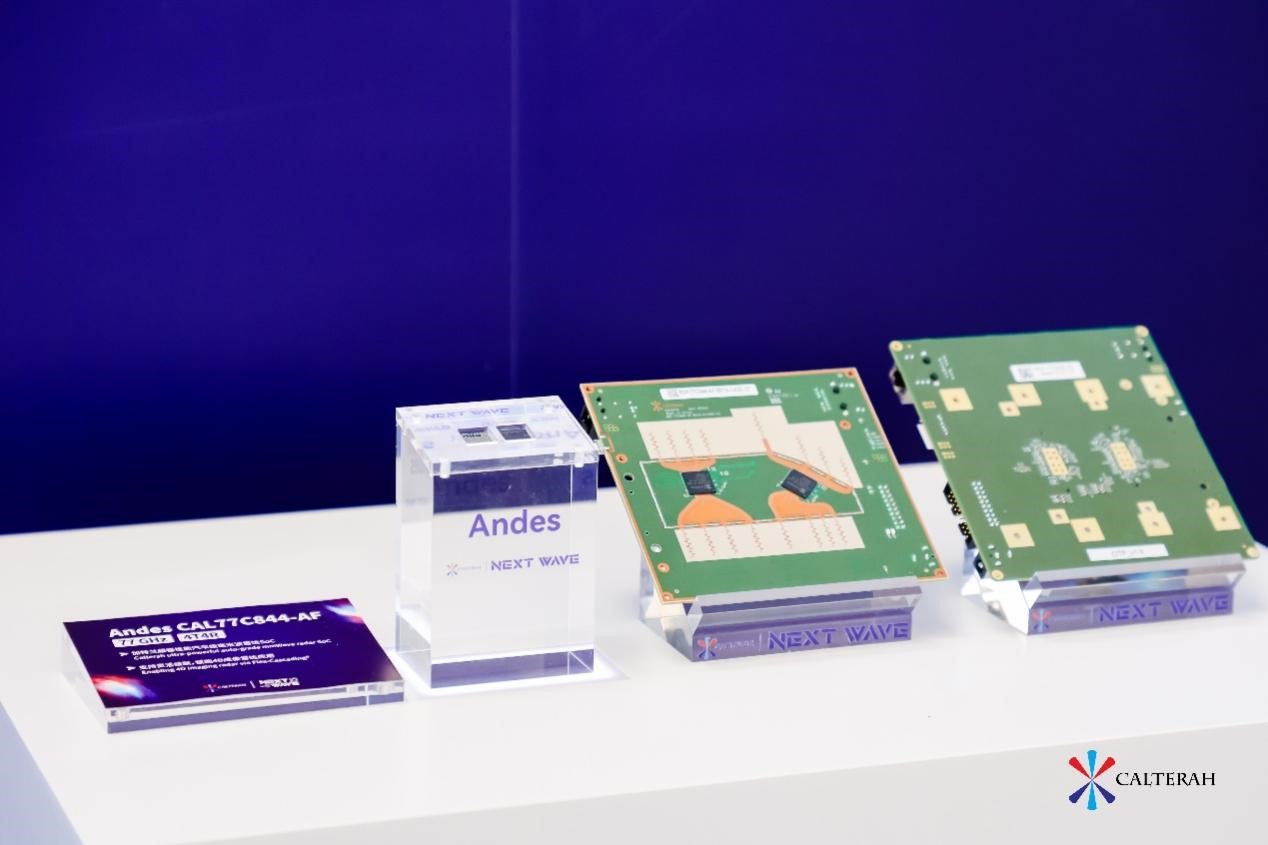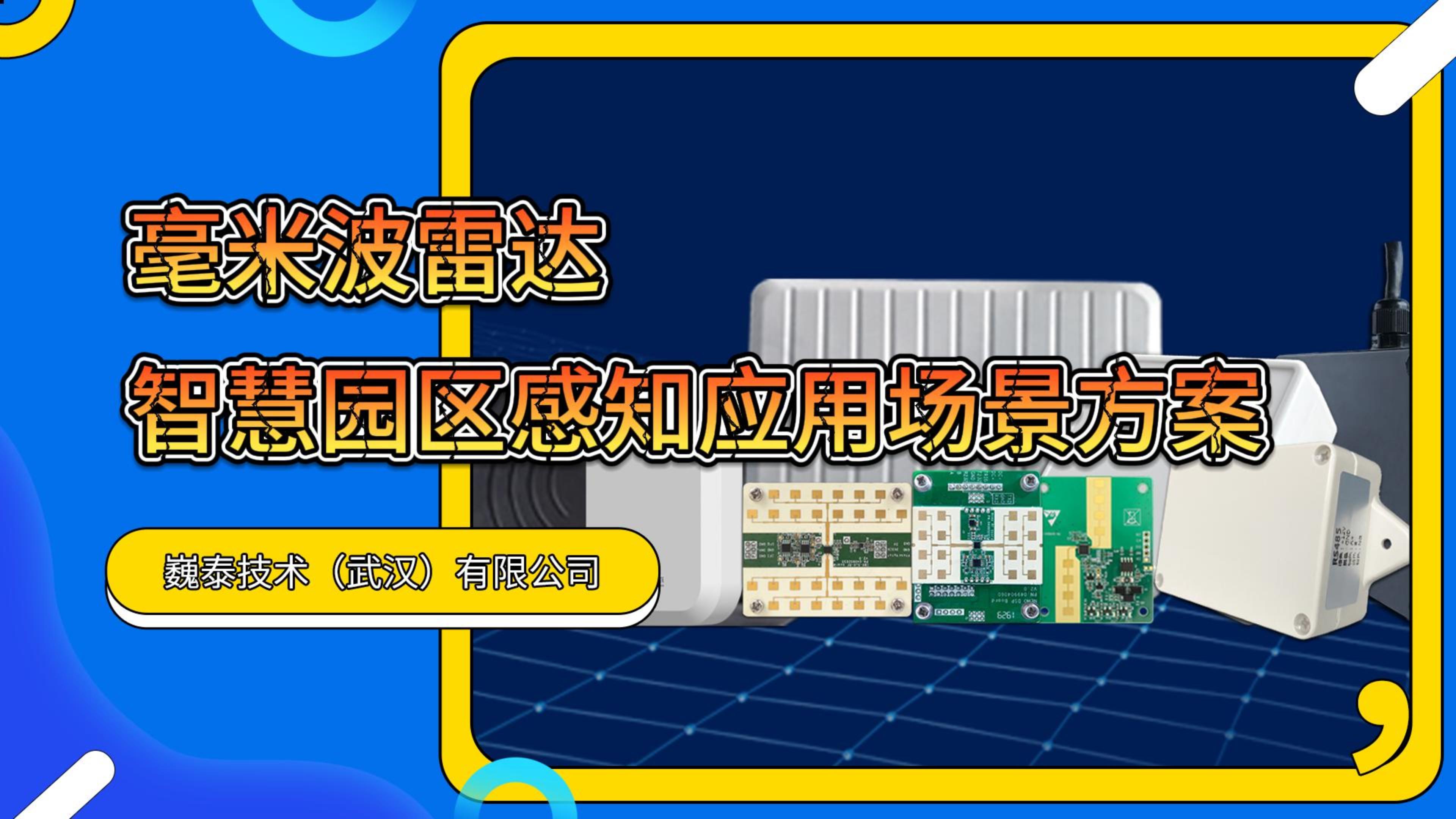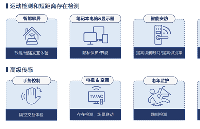开发77GHz毫米波雷达需要丰富的雷达系统和毫米波射频设计经验与能力。需要从系统、材料、软硬件、结构、测试验证、生产工艺、一致性等多方面考虑,而且,批量生产测试校准是个复杂的系统工程。其在批量生产过程中都需要做校准和一致性检测。因此,开发77GHz毫米波雷达是一项非常艰巨的系统工程,需要更多的产业融合、技术和人才交流。
毫米波雷达应用于ADAS中示意图
77GHz 毫米波雷达优势:
1,超高频率,提供更高精度能检测到较小物体。
2,超宽带宽,高分辨率能检测到超短距离,抗干扰能力强。
3,天线和波长成正比,体积尺寸重量小型化。
4, CMOS工艺,性价比高。
伴随着C-NCAP的五星评定、交通部对营运车辆的JT/T-1094-2018标准的实施,国内的毫米波雷达将进入快速增长的阶段。对于市场的迫切需求,研发团队经过多年在后向BSD、LCA前向FCW、ACC、AEB技术攻关,5次产品迭代,成功研发出77GHz毫米波雷达。在77GHz毫米波雷达公司BOSCH,CONTINENTAL,DELPHI中脱颖而出!
Dolphin解决方案
关于77G毫米波雷达详尽的技术问答
What's the advantages of 77GHz relative to 24GHz Radar?
ANSWER:There are differences in the physical wavelength of the carrier signal, and on regulatory points.At 77GHz the wavelength is three times smaller, so that the physical size of the antennas is a factor three smaller than at 24GHz, enabling further size reduction of the sensors. From regulation perspective, the allowed BW at 24GHz is a maximum of 200MHz, limiting the range resolution that can be obtained to about 0.75m, whereas at 77GHz up to 5GHz can be used (76 to 81GHz), allowing resolution up to 25times higher, which can be important for pedestrian detection (typical 1 to 2GHz BW) and parking applications (typically up to 4GHz measurement BW). So at 77GHz the radar is much smaller, while offering much higher measurement resolution.
2. What's the advantages of 77GHz relative to 24GHz Radar? As you know, SV have started the 24GHz Radar development. So, what's the primary difference between 24GHz Radar and 77GHz ?
ANSWER:In general, at 24 GHz the system is based on a single TX antenna and 2 RX antennas, and on an open loop modulation control of the VCO. This is a simple system but also the performance of the sensor is limited, as mentioned above to Q1. At 77 GHz it is feasible to use 3 TX and 4 RX antennas on a smaller size because the antennas are smaller. having an increased number of RX and TX ports available on an IC can be used to create multi-mode radars, increased angular resolution by MIMO, add elevation measurements capabilities, etc. With the development of integrated RF front-end and signal processing ICs at NXP, a 2-chip solution becomes feasible for 77GHz, which is the same configuration as for 24 GHz (2-chips).
3. What's the advantage of NXP compared with your competitors?
ANSWER:-Higher integration-Lower cost -Smaller footprint-Lower power consumption-System solution
4. Radar Roadmap of NXP
ANSWER: See preceding part
5. What SW tuning tools or simulation can NXP provide?
ANSWER: Need further discussion with Business Line.
6. Which kind of support can NXP AE provide to SV?
ANSWER: Need more time. We will have a plan in Q3 2016.
7. What's the general requirements on Bumper Material (frame, metallic paint, etc.) to minimize the impact to RF attenuation?
ANSWER: In general, the thickness of the bumper is important to avoid double reflections within the bumper itself. There are a number of articles on the scientific literature studying this effect, also for the composition of the paint. We have verified the performance of our front-end with a bumper in front, and it as not affected by bumper reflections.
8.What's the requirement for the PCB ? Can you share some experience with us?
ANSWER: We propose to use Rogers 3003, it is our reference. More details of our reference board can be shared later.
9. Can the through hole still be used as the feed point of 77G antenna? We see PCB Waveguide is used in some design.
ANSWER: No, through-hole can not be used. There are other possibilities for EM coupling from one side of the board to the other, or the RF chip can be mounted on the same side as the antenna.
10. What's the most popular frequency modulation in 77G band?
ANSWER: The most useful modulation technique for 77 GHz is the fast chirp sequence principle, because it allows direct range-velocity estimation of multiple targets, for example important for urban scenarios where may cars and pedestrians are moving simultaneously.
-
adas
+关注
关注
309文章
2199浏览量
208936 -
77GHZ
+关注
关注
7文章
17浏览量
12789
发布评论请先 登录
相关推荐
华为与奇瑞合作的77G毫米波雷达内部拆解曝光

毫米波雷达信号的传输特性
毫米波雷达与超声波雷达的区别
恩智浦展示汽车毫米波雷达最新解决方案
毫米波雷达与超声波雷达的区别是什么
毫米波雷达与多普勒雷达区别是什么
简述毫米波雷达的结构、原理和特点
森思泰克前向毫米波雷达STA77-5S产品提高智能驾驶的安全性和可靠性
加特兰毫米波雷达SoC家族再进化,为全球市场提供高性能雷达解决方案

基于毫米波雷达的手势识别算法
隔空微电子发布60G毫米波雷达芯片,实现“车规品质,消费价格”





 关于汽车ADAS前装77G毫米波雷达解决方案
关于汽车ADAS前装77G毫米波雷达解决方案











评论